As St. Patrick’s Day approaches on March 17th, it’s the perfect time to honor Ireland’s rich heritage, including its beloved dog breeds and unique cats. These Emerald Isle natives, from majestic hunters to playful companions, showcase the spirit of Ireland. If you’re a pet lover searching for Irish dog breeds or fascinating feline origins, this guide highlights standout examples with care tips to help them thrive as loyal family members.
Ireland has gifted the world several distinctive Irish dog breeds known for their beauty, history, and temperament. While not exhaustive, these breeds capture the island’s rugged landscapes and folklore. Proper care ensures these pets live long, happy lives alongside their owners.
Irish Setters: Elegant Bird Dogs
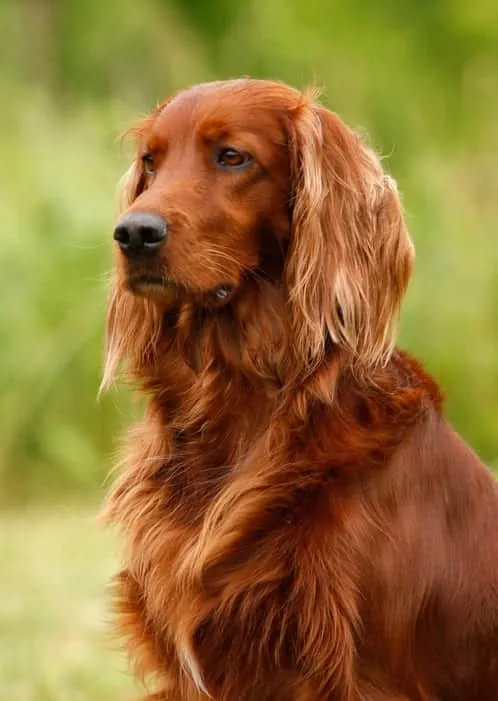 A majestic red Irish Setter standing in a field
A majestic red Irish Setter standing in a field
The Irish Setter, with its glossy mahogany coat, was once a common sight but is rarer today. Bred as bird dogs, these energetic hunters excel in field trials and make devoted companions. Owners appreciate their friendly nature, but they require ample exercise—aim for 60-90 minutes daily—to prevent boredom. Regular grooming keeps their silky fur tangle-free, and a high-protein diet supports their athletic build. According to the American Kennel Club (AKC), Irish Setters thrive in active homes, living 12-15 years with proper veterinary care.
Irish Terriers: Feisty and Historic
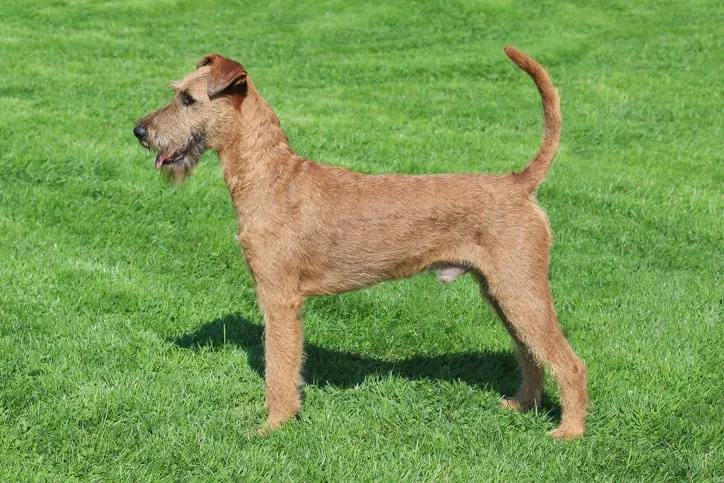 An alert Irish Terrier with a wiry coat posing outdoors
An alert Irish Terrier with a wiry coat posing outdoors
One of Ireland’s oldest Irish dog breeds, the Irish Terrier boasts a bold personality and wiry red coat. Historically the mascot for the University of Notre Dame until the 1960s, they appeared in Jack London novels, highlighting their adventurous spirit. These terriers are courageous watchdogs yet affectionate with family. Provide mental stimulation through puzzle toys and obedience training, as they can be stubborn. Weekly brushing and occasional hand-stripping maintain their coat, while a balanced diet prevents obesity in this medium-sized breed.
Irish Wolfhounds: Gentle Giants
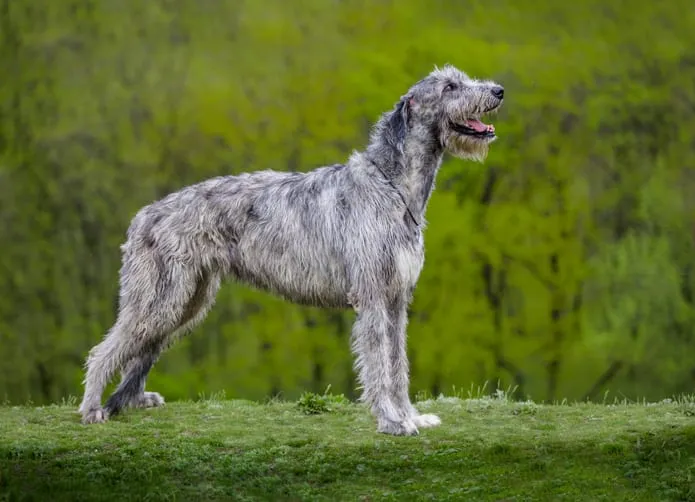 A towering Irish Wolfhound with a gentle expression
A towering Irish Wolfhound with a gentle expression
Irish Wolfhounds embody the “gentle giant” archetype, once wolf hunters now cherished for their calm demeanor. Males stand up to 3 feet at the shoulder and weigh 120 pounds, demanding spacious homes. Despite their size, they’re laid-back but need gentle exercise to support joint health—avoid high-impact activities. A giant-breed puppy formula aids growth, and regular heart screenings are vital, per breed club recommendations. With attentive care, they enjoy 6-8 years of serene companionship.
Soft Coated Wheaten Terriers: Joyful All-Rounders
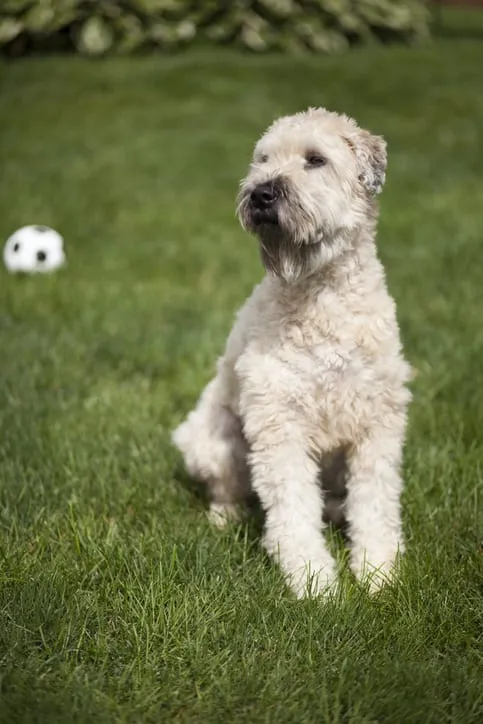 A fluffy Soft Coated Wheaten Terrier mid-jump with a happy face
A fluffy Soft Coated Wheaten Terrier mid-jump with a happy face
Popular in U.S. homes, Soft Coated Wheaten Terriers hail from Ireland’s wheat fields, earning their soft, wavy coat. Famous for the “Wheaten greetin”—enthusiastic kisses upon arrival—they’re playful family pets. Daily walks and grooming sessions keep them healthy; their coat requires brushing 2-3 times weekly to prevent mats. Monitor for protein-losing nephropathy, a breed-specific issue, with annual vet checks. These medium dogs live 12-14 years, bringing Irish cheer everywhere.
Kerry Blue Terriers: Mountain Mystics
 A Kerry Blue Terrier with distinctive blue-gray wavy fur
A Kerry Blue Terrier with distinctive blue-gray wavy fur
From Ireland’s Kerry mountains, Kerry Blue Terriers feature a unique soft, wavy blue-gray coat whose origins spark debate among experts. Versatile as farm dogs or guardians, they’re intelligent and trainable. Trim their coat every 6-8 weeks for hygiene, and provide chew toys to channel their energy. A diet rich in omega fatty acids supports skin health. Loyal and lively, they span 12-15 years with routine care.
Glen of Imaal Terriers: Folklore Favorites
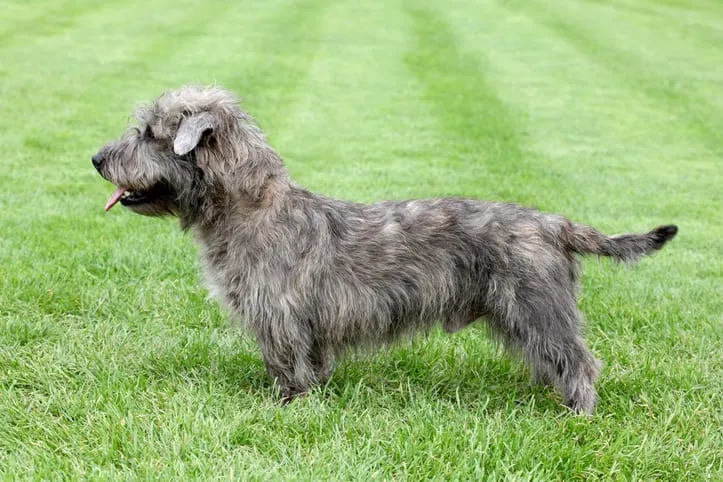 A sturdy Glen of Imaal Terrier in a natural setting
A sturdy Glen of Imaal Terrier in a natural setting
Shrouded in Irish folklore, Glen of Imaal Terriers from the Wicklow Mountains were “turnspit” dogs, possibly turning meat spits—though that’s debated. As earthdogs, they fearlessly hunt but adapt well to homes. Short legs make them low-shedders; brush weekly and check ears regularly. Moderate exercise suits their sturdy frame, preventing back issues. These rare Irish dog breeds offer 12-15 years of quirky loyalty.
Manx Cats: Tailless Irish Treasures
 A tailless Manx cat sitting gracefully
A tailless Manx cat sitting gracefully
Ireland’s feline contribution, the Manx cat, features a genetic mutation causing short or absent tails. The long-haired Cymric is its variant. Playful and dog-like, Manx cats bond deeply but risk spinal issues—choose ethical breeders with health testing. Provide scratching posts for their hunter instincts and high-quality wet food for urinary health. These sturdy cats live 14-16 years, embodying Irish resilience.
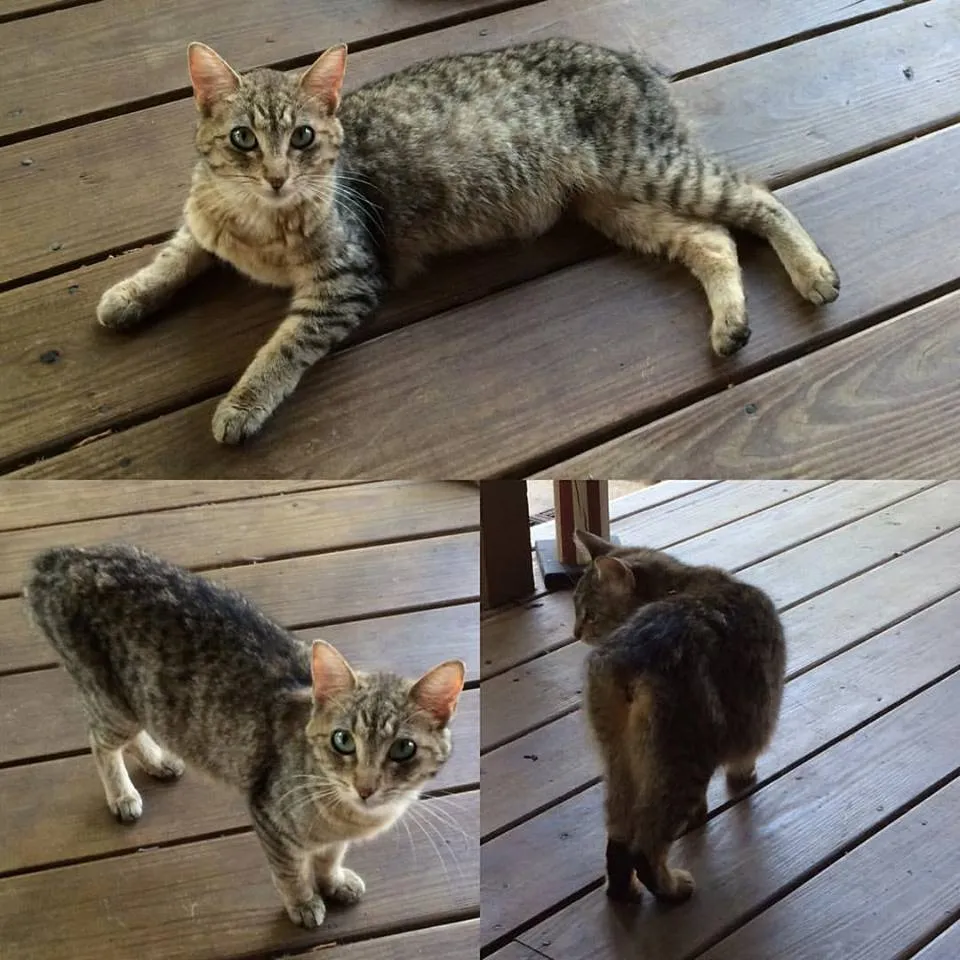 A close-up of a Manx cat named Nubz with a rumpy tail
A close-up of a Manx cat named Nubz with a rumpy tail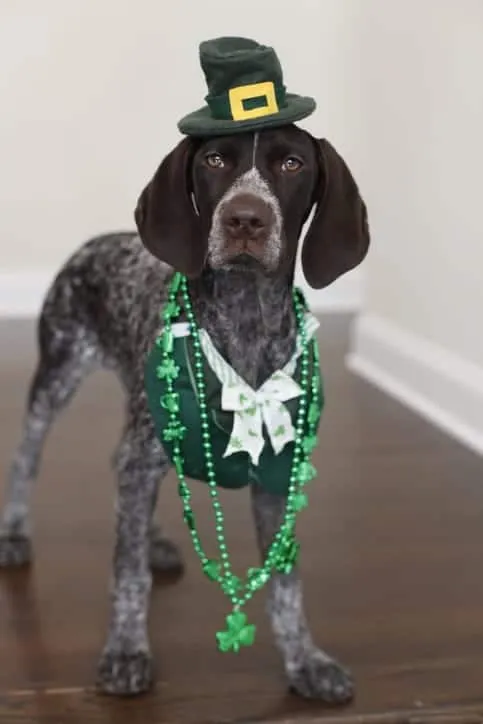 Two Manx kittens playing together
Two Manx kittens playing together
Whether celebrating with an Irish Setter’s elegance or a Manx cat’s charm, these pets bring the luck of the Irish to your home. Prioritize breed-specific care, regular vet visits, and quality nutrition for their well-being. Consult resources like the AKC or Irish Kennel Club for more. May your St. Patrick’s Day overflow with pet-filled joy—share your favorite Irish breed stories below!
References:
- American Kennel Club (AKC): Breed standards for Irish Setters, Wolfhounds, and Terriers.
- Written with insights from Dr. Kerry Muhovich, pet care expert.
